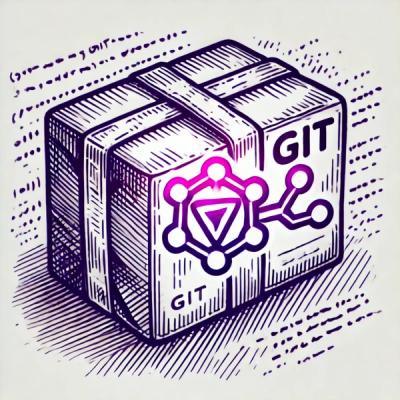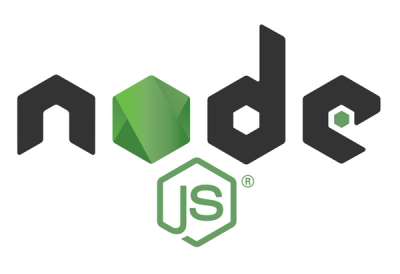pyogrio - Vectorized spatial vector file format I/O using GDAL/OGR
Pyogrio provides a
GeoPandas-oriented API to OGR vector
data sources, such as ESRI Shapefile, GeoPackage, and GeoJSON. Vector data sources
have geometries, such as points, lines, or polygons, and associated records
with potentially many columns worth of data.
Pyogrio uses a vectorized approach for reading and writing GeoDataFrames to and
from OGR vector data sources in order to give you faster interoperability. It
uses pre-compiled bindings for GDAL/OGR so that the performance is primarily
limited by the underlying I/O speed of data source drivers in GDAL/OGR rather
than multiple steps of converting to and from Python data types within Python.
We have seen >5-10x speedups reading files and >5-20x speedups writing files
compared to using non-vectorized approaches (Fiona and current I/O support in
GeoPandas).
You can read these data sources into
GeoDataFrames, read just the non-geometry columns into Pandas DataFrames,
or even read non-spatial data sources that exist alongside vector data sources,
such as tables in a ESRI File Geodatabase, or antiquated DBF files.
Pyogrio also enables you to write GeoDataFrames to at least a few different
OGR vector data source formats.
Read the documentation for more information:
https://pyogrio.readthedocs.io.
WARNING: Pyogrio is still at an early version and the API is subject to
substantial change. Please see CHANGES.
Requirements
Supports Python 3.8 - 3.11 and GDAL 3.4.x - 3.8.x.
Reading to GeoDataFrames requires geopandas>=0.12 with shapely>=2.
Additionally, installing pyarrow in combination with GDAL 3.6+ enables
a further speed-up when specifying use_arrow=True.
Installation
Pyogrio is currently available on
conda-forge
and PyPI
for Linux, MacOS, and Windows.
Please read the
installation documentation
for more information.
Supported vector formats
Pyogrio supports some of the most common vector data source formats (provided
they are also supported by GDAL/OGR), including ESRI Shapefile, GeoPackage,
GeoJSON, and FlatGeobuf.
Please see the list of supported formats
for more information.
Getting started
Please read the introduction
for more information and examples to get started using Pyogrio.
You can also check out the the API documentation
for full details on using the API.
Credits
This project is made possible by the tremendous efforts of the GDAL, Fiona, and
Geopandas communities.
- Core I/O methods and supporting functions adapted from Fiona
- Inspired by Fiona PR



